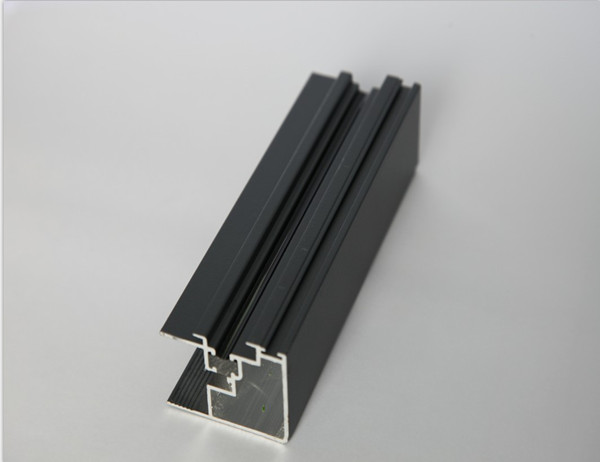Thermal insulation is an essential factor for maintaining a comfortable and energy-efficient indoor environment. Aluminum molding profiles play a crucial role in improving the thermal insulation of buildings and structures. This article explores the various ways in which aluminum molding profiles contribute to enhanced thermal performance.
Aluminum molding profiles are used as frames and mullions in windows and doors, providing a secure seal between the glass and the frame. The tight fit and precise profile design minimize air infiltration and heat transfer through gaps and cracks. By preventing heat loss or gain through windows and doors, aluminum molding profiles effectively improve the overall thermal insulation of the building.
Many aluminum molding profiles are designed with thermal breaks, which are non-conductive materials that separate the interior and exterior sections of the profile. The thermal break prevents the transfer of cold or hot air through the aluminum frame, reducing heat loss or gain through the windows or doors. Thermal breaks play a significant role in enhancing the thermal performance of aluminum frames, especially in extreme temperature conditions.
Aluminum itself has a relatively low thermal conductivity compared to other metals. This means that it does not transfer heat easily through its material. Aluminum molding profiles benefit from this property, as they minimize heat transfer through the frame, preventing the migration of cold or warm air between the interior and exterior environments.
By improving thermal insulation, aluminum molding profiles contribute to energy efficiency in buildings. Reduced heat loss or gain through windows, doors, and other openings results in lower energy consumption for heating or cooling. This energy efficiency translates into cost savings on utility bills and reduces the environmental impact by lowering greenhouse gas emissions.
Aluminum molding profiles are known for their durability and resistance to weather conditions. They are not prone to warping, rotting, or corrosion, which can compromise the thermal performance of window or door frames. The stability and longevity of aluminum molding profiles ensure a consistent level of thermal insulation over the lifetime of the building.
In addition to their thermal insulation benefits, aluminum molding profiles also offer aesthetic value. They come in various shapes, sizes, and finishes, allowing architects and designers to customize the look of windows, doors, and other building elements. Aluminum’s malleability enables the creation of intricate profiles that complement different architectural styles.
Aluminum molding profiles play a significant role in enhancing the thermal insulation of buildings. Through improved sealing, thermal break design, low thermal conductivity, and durability, they contribute to energy efficiency, comfort, and sustainability. Their versatility and aesthetic appeal make them a preferred choice for architects, engineers, and homeowners seeking to optimize the thermal performance of their projects.




